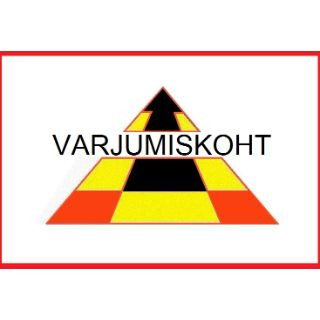How technology is revolutionizing shelter management
Shelter management has always been a critical component of emergency preparedness, especially in regions prone to natural disasters or other emergencies. Traditionally, shelter management involved manual processes and relied heavily on human intervention. However, with the advent of technology, the landscape of shelter management is undergoing a significant transformation, offering more efficient, reliable, and innovative solutions.
The Role of Technology in Modern Shelter Management
One of the most significant advancements in shelter management is the implementation of advanced monitoring systems. These systems utilize sensors and IoT devices to provide real-time data on environmental conditions, occupancy levels, and structural integrity. This information is crucial for ensuring the safety and well-being of occupants and allows for timely interventions when necessary.
Smart infrastructure is another technological innovation that is revolutionizing shelter management. By integrating smart technologies into the design and construction of shelters, managers can optimize energy use, enhance security, and improve overall functionality. Features such as automated lighting, climate control, and security systems contribute to creating a more sustainable and secure environment.
Data analytics and predictive modeling are powerful tools that enable shelter managers to make informed decisions. By analyzing historical data and current trends, these technologies can predict potential risks and optimize resource allocation. This proactive approach not only enhances safety but also ensures that shelters are prepared to handle emergencies effectively.
Enhancing Safety and Preparedness
Effective communication is vital during emergencies, and technology has made it easier than ever to maintain clear and constant communication. Real-time communication tools, such as mobile apps and digital platforms, allow shelter managers to disseminate information quickly and coordinate with emergency services, ensuring a swift response to any situation.
Automation plays a crucial role in enhancing the efficiency of emergency protocols. Automated systems can trigger alarms, lock down facilities, and initiate evacuation procedures without human intervention, reducing response times and minimizing risks to occupants.
Cost Efficiency and Resource Management
Technology has paved the way for energy-efficient solutions that significantly reduce operational costs. Solar panels, energy-efficient HVAC systems, and LED lighting are just a few examples of how shelters can minimize their environmental footprint while maintaining optimal functionality.
Efficient resource management is essential for the smooth operation of shelters. Technology enables precise tracking of inventory and resources, ensuring that supplies are adequately stocked and readily available when needed. This capability is particularly important during prolonged emergencies, where resource scarcity can become a critical issue.
Future Trends in Shelter Management Technology
As technology continues to evolve, the future of shelter management looks promising. Emerging technologies such as artificial intelligence, machine learning, and blockchain are expected to further enhance the capabilities of shelter management systems, offering even more robust and reliable solutions for safety and preparedness.






Comments (0)